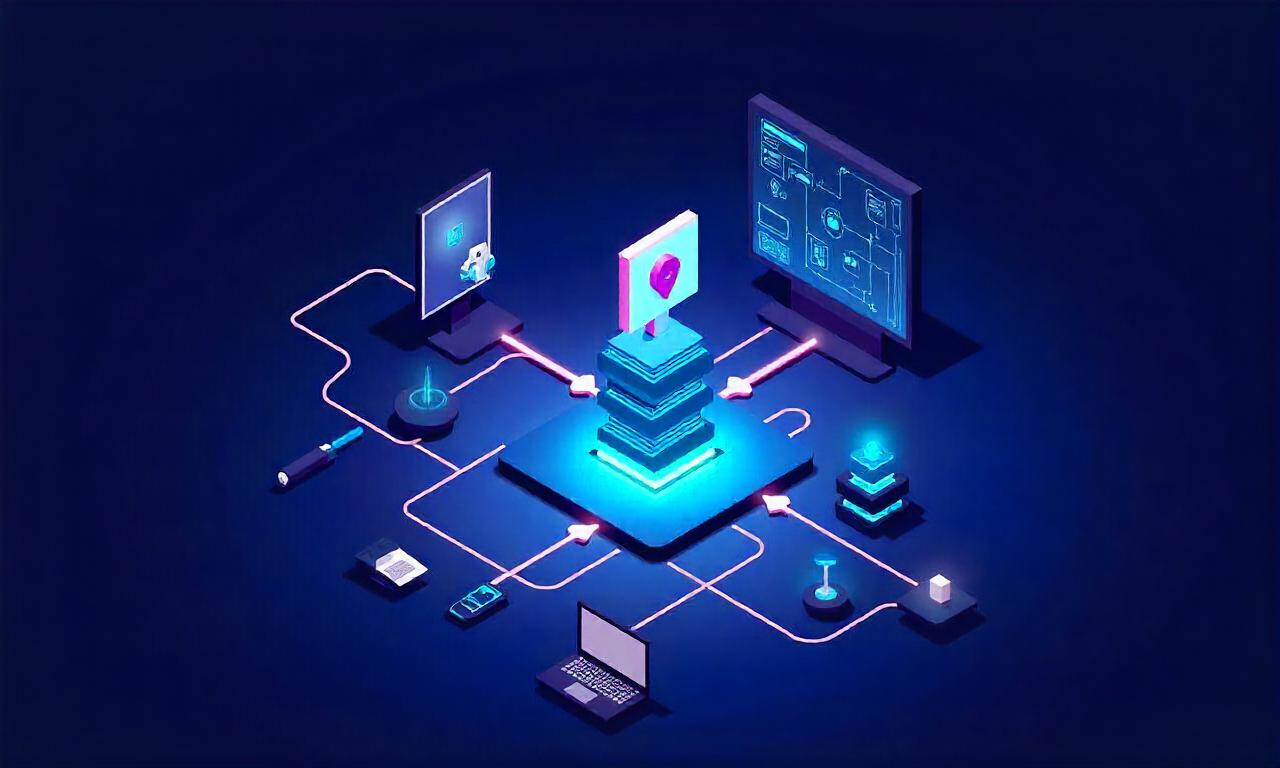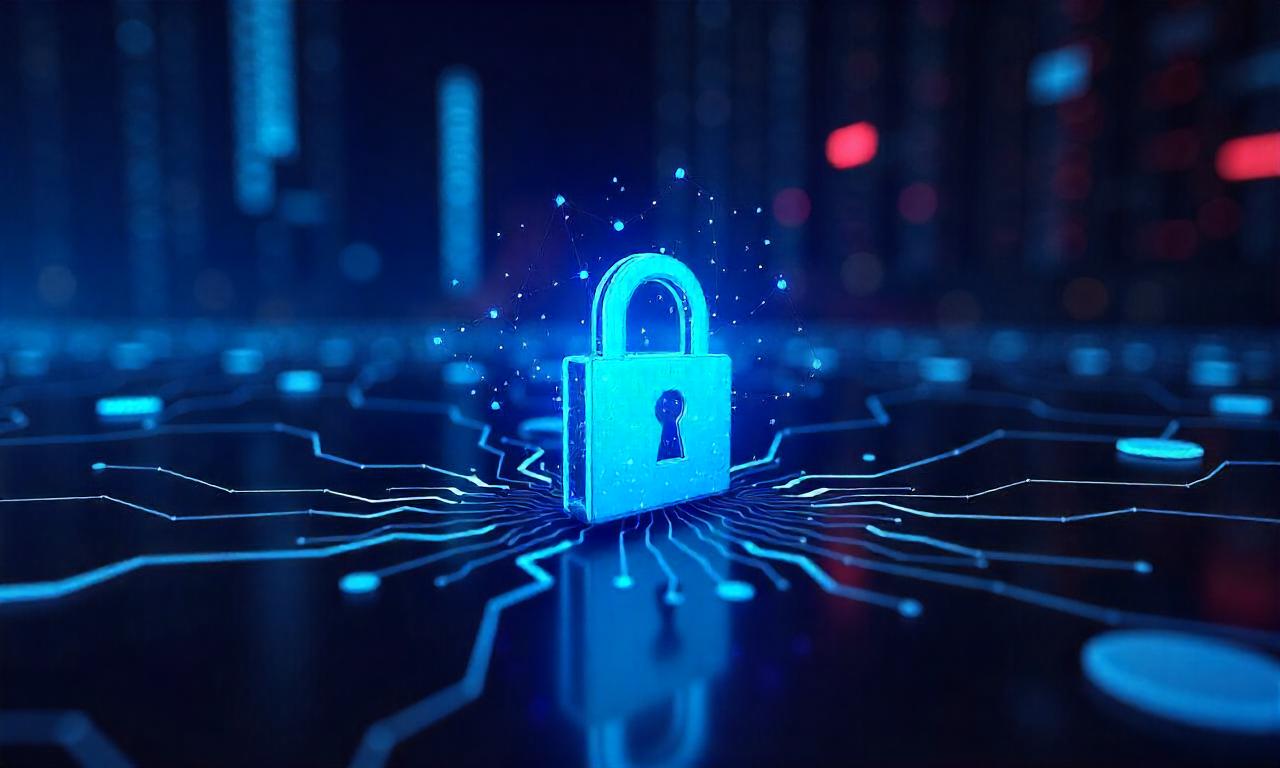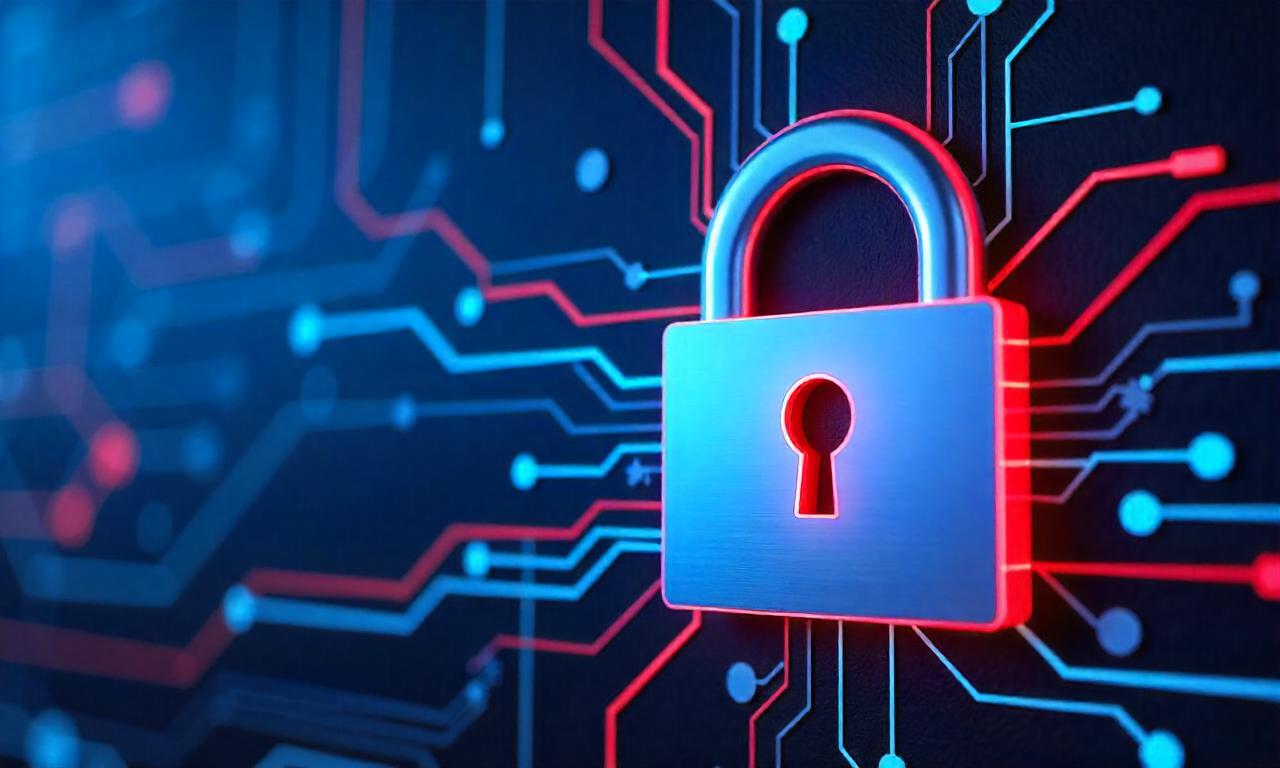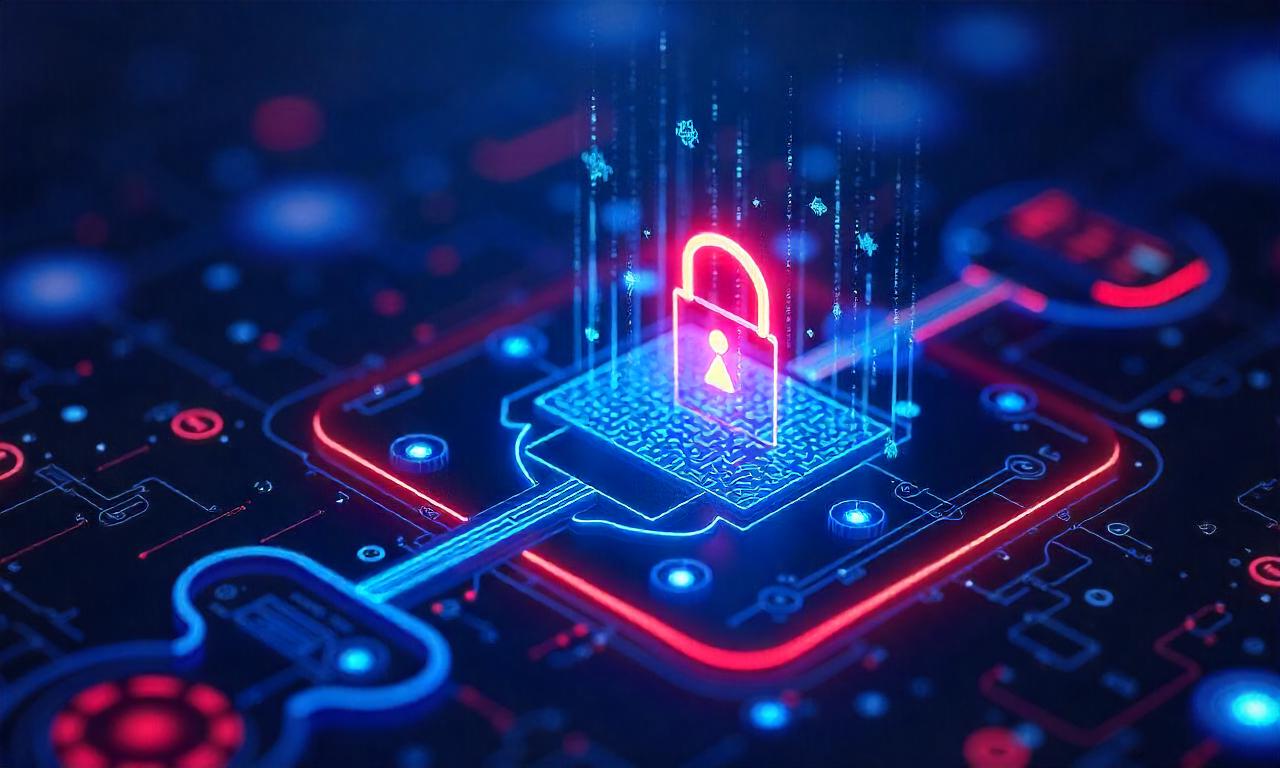In today's digital age, how a vpn connection is established has become essential for users seeking privacy, security, and access to restricted content. Whether you're a casual internet user or a business professional, understanding the process of setting up a Virtual Private Network (VPN) ensures that you can confidently navigate the online world without exposing your data to potential threats. This article provides a comprehensive breakdown of the steps involved in how a vpn connection is established, from selecting a reliable provider to maintaining the connection. By mastering these fundamentals, you’ll gain clarity on the inner workings of vpn technology and make informed decisions to enhance your online experience.
—
Table of Contents
ToggleUnderstanding the Basics of a VPN Connection
A VPN connection is a secure way to access the internet by creating an encrypted tunnel between your device and a remote server. Before diving into the technical process, it’s important to grasp the core principles of how vpn connection works. At its heart, a VPN routes your internet traffic through a server located in a different geographical region, masking your IP address and encrypting data to protect it from unauthorized access.
This vpn connection process begins with the user’s device connecting to the VPN server, which acts as a gateway to the internet. The client (your device) sends a request to the server, and once accepted, a secure tunnel is created. This tunnel ensures that all data transmitted between the client and the internet is encrypted and hidden from prying eyes. The server then assigns a new IP address, effectively changing your online location and providing anonymity.
Understanding these basics sets the stage for the detailed steps involved in establishing a vpn connection. By familiarizing yourself with the components and functions of a VPN, you’ll be better equipped to navigate the setup process and troubleshoot any issues that may arise.
Defining a Virtual Private Network (VPN)
A Virtual Private Network (VPN) is a technology that allows users to create a secure and private connection over a public network, such as the internet. It functions by encrypting your data and routing it through a remote server, which acts as a virtual "extension" of your local network. This means that your internet activity appears to originate from the server’s location, not your actual physical location.
The primary purpose of a vpn connection is to enhance privacy, security, and access to content. For example, when you connect to a VPN, your IP address is hidden, making it harder for hackers or third parties to track your online activity. Additionally, the encrypted tunnel ensures that your data remains safe from interception, especially when using public Wi-Fi networks.
—
Key Components of a VPN Connection
To establish a vpn connection, several components work together seamlessly. The client is the user’s device—whether a smartphone, laptop, or desktop computer—that initiates the connection. The server is the remote location that handles the encrypted data traffic and assigns a new IP address. These two parts are the foundation of the vpn connection process.
Another critical element is the tunnel, which is the virtual pathway that connects the client to the server. This tunnel is created using encryption protocols like AES or RSA, ensuring that all data transmitted remains private. Additionally, authentication mechanisms play a vital role in verifying the user’s identity before the connection is established. Without proper authentication, the vpn connection could be vulnerable to unauthorized access.
The encryption protocols and tunneling techniques are the backbone of a vpn connection. By understanding how these components interact, you can appreciate the complexity and effectiveness of vpn technology in safeguarding your online presence.
—
The Role of Protocols in a VPN Connection
Encryption protocols are the heart of a vpn connection, determining how securely your data is transmitted. Common protocols include IKEv2, OpenVPN, L2TP/IPSec, and SSTP, each with its own strengths and weaknesses. For instance, IKEv2 is known for its speed and stability, making it ideal for mobile users, while OpenVPN offers strong security and flexibility.
The choice of protocol impacts the overall security and performance of the vpn connection. IKEv2 uses a combination of IPsec and IKE to create a secure tunnel, while L2TP/IPSec provides robust encryption but may be slower due to its layered structure. SSTP (Secure Socket Tunneling Protocol) is particularly useful for users who need to bypass strict firewall rules, as it uses SSL/TLS encryption. Each protocol contributes uniquely to the vpn connection process, ensuring that data remains protected.
| Protocol | Security Level | Speed | Compatibility |
|---|---|---|---|
| IKEv2 | High | Fast | Windows, macOS, iOS |
| OpenVPN | Very High | Moderate | Cross-platform |
| L2TP/IPSec | Medium | Slow | Windows, macOS |
| SSTP | High | Fast | Windows only |
This table highlights the key differences between vpn connection protocols, helping users choose the most suitable one based on their needs.
—
The Step-by-Step Process of Establishing a VPN Connection
Establishing a vpn connection involves a series of well-defined steps, each critical to ensuring a secure and stable link between your device and the VPN server. By breaking down the process, you can gain a clear understanding of how a vpn connection is established and avoid common pitfalls. The step-by-step process is designed to be user-friendly, even for those new to VPN technology.
Choosing a Reliable VPN Provider
The first step in how a vpn connection is established is selecting a trustworthy VPN provider. Not all VPN services are created equal, so it’s essential to evaluate factors such as server locations, speed, encryption strength, and customer support. A reliable provider will offer a secure connection and maintain a strong reputation in the industry.
When choosing a VPN, consider the number of servers, bandwidth limits, and logging policies. Providers with servers in multiple countries offer greater flexibility for accessing region-locked content, while those with strict no-log policies prioritize privacy. Additionally, user reviews and performance metrics can provide valuable insights into the reliability of a VPN connection.
Installing the VPN Software
Once you’ve selected a VPN provider, the next step is installing the software on your device. Most VPN services offer downloadable apps for Windows, macOS, iOS, and Android, ensuring compatibility with a wide range of devices. The installation process is straightforward, typically requiring just a few clicks to download and activate the software.
After installation, you’ll need to configure the connection by entering your account details. This includes your username and password, which authenticate your access to the VPN service. Some providers also offer pre-configured settings, simplifying the setup for less tech-savvy users. A properly installed and configured vpn connection ensures seamless access to the internet while maintaining security.
Configuring the Connection
Configuring the vpn connection involves setting up the server address, port number, and protocol type. These settings determine how your device connects to the VPN network and affect the speed and stability of the connection. For example, selecting the correct protocol (such as IKEv2 or OpenVPN) can optimize performance based on your device and internet environment.
It’s also important to adjust advanced settings like split tunneling, which allows you to route specific applications through the VPN while others use your regular internet connection. This feature can improve performance by avoiding unnecessary encryption for non-sensitive tasks. Additionally, configuring DNS settings ensures that your internet traffic is routed through the VPN server, further enhancing privacy.
Authentication and User Verification
Before the vpn connection is fully established, the system performs authentication to verify your identity. This typically involves entering your username and password, which are validated against the VPN provider’s database. Once authenticated, the connection proceeds to the next phase, ensuring that only authorized users can access the secure tunnel.
User verification can also include two-factor authentication (2FA), which adds an extra layer of security. This method requires a second form of identification, such as a one-time code sent to your phone, to confirm your access. Proper authentication is crucial to prevent unauthorized access and ensure that your data remains protected throughout the connection process.
Establishing the Secure Tunnel
The final step in how a vpn connection is established is creating a secure tunnel between your device and the VPN server. This tunnel is formed using encryption protocols and tunneling technologies to protect your data from eavesdropping and interception. Once the tunnel is established, your internet traffic is routed through it, ensuring privacy and security.
The secure tunnel also ensures that your IP address is masked, making it difficult for hackers or third parties to track your online activity. This encryption process transforms your data into an unreadable format, which can only be decrypted by the VPN server. The tunneling process is essential for maintaining secure communication and preventing data leaks.
—
Securing the Connection with Encryption
Encryption is the cornerstone of secure vpn connections, ensuring that your data remains private and protected from unauthorized access. By understanding how a vpn connection is established, you’ll appreciate the encryption protocols and tunneling techniques that safeguard your internet traffic.

Understanding Encryption Protocols
The encryption protocols used in a vpn connection determine the level of security and performance. IKEv2 (Internet Key Exchange version 2) is known for its speed and stability, making it a popular choice for mobile users. It combines IPsec and IKE to establish a secure tunnel, ensuring that your data is protected during transmission.
OpenVPN, on the other hand, uses OpenSSL to encrypt your internet traffic, offering strong security but sometimes slower performance. L2TP/IPSec provides medium-level security and is commonly used in enterprise settings. SSTP (Secure Socket Tunneling Protocol) relies on SSL/TLS encryption, making it ideal for bypassing firewall restrictions. Each protocol contributes to the secure vpn connection process in its own way, ensuring data protection and anonymity.
The Role of Tunneling in Encryption
Tunneling is a critical component of a secure vpn connection, allowing your data to travel through a secure tunnel. This tunnel is created using encryption protocols, ensuring that all internet traffic is protected from interception. The tunneling process also helps to mask your IP address, providing anonymity and geographical flexibility.
Common tunneling techniques include PPTP, L2TP, and IKEv2, each with its own advantages and disadvantages. PPTP is easy to set up but offers lower security compared to IKEv2 or OpenVPN. L2TP provides strong encryption but may require additional configuration. IKEv2 is fast and reliable, making it suitable for mobile users who need a stable connection. Understanding these tunneling methods is essential for optimizing your vpn connection.
—
Maintaining and Managing a VPN Connection
Once a vpn connection is established, maintaining it requires regular updates, monitoring performance, and troubleshooting issues. A well-managed connection ensures consistent security and smooth operation, even as your internet environment changes.
Monitoring Performance and Speed
Performance monitoring is vital for ensuring that your vpn connection remains efficient and stable. Factors like server location, bandwidth usage, and network congestion can affect speed and latency. For example, connecting to a server closer to your location reduces latency, while high bandwidth usage may slow down your internet speed.
To optimize performance, you can switch servers or adjust settings like DNS and split tunneling. Split tunneling allows you to route specific applications through the vpn while others use your regular connection, balancing security and speed. Regularly monitoring your connection helps identify slowdowns or drops in service quality, ensuring a smooth experience.
Troubleshooting Common Issues
Even the best vpn connection can face technical issues, such as disconnects, slow speeds, or configuration errors. Troubleshooting these problems requires diagnostic tools and step-by-step solutions. For instance, disconnection can often be resolved by restarting the app or switching servers.
Slow speeds may be caused by server congestion or encryption overhead. To address this, choosing a less crowded server or switching to a faster protocol like IKEv2 can improve performance. Configuration errors are also common, especially when managing multiple devices or advanced settings. By reviewing the settings and ensuring correct configuration, you can maintain a stable vpn connection.
—
Advanced Tips for a Secure and Efficient Connection
While the basic steps of how a vpn connection is established are essential, there are advanced techniques that can further enhance security and performance. These tips help users optimize their connection and avoid common pitfalls.
Optimizing Performance with Split Tunneling
Split tunneling is a powerful technique that allows you to route specific applications through the VPN while others use your regular internet connection. This feature helps balance security and speed, ensuring that non-sensitive tasks don’t slow down your overall performance.
For example, you can route your browsing through the VPN while allowing local network access for applications like printer services or IoT devices. This approach is particularly useful for users who need high-speed connectivity for streaming or gaming but still want privacy for other activities. Configuring split tunneling requires advanced settings, which can be adjusted in the VPN app or through custom configurations.
Choosing the Right Protocol for Your Needs
Selecting the optimal protocol is crucial for achieving a secure vpn connection. Different protocols have varying security levels, performance, and compatibility. For instance, IKEv2 is ideal for mobile users due to its fast reconnection and strong security, while OpenVPN offers flexibility and high encryption.
L2TP/IPSec provides medium security and is easy to configure, making it suitable for users who prioritize simplicity. SSTP is great for bypassing firewall restrictions, especially in regions with strict internet censorship. Understanding these protocols and their strengths enables you to choose the best option for your specific requirements, ensuring a secure and efficient vpn connection.
Managing Multiple Devices with a Single Account
Using a single VPN account to manage multiple devices is an effective way to centralize your security. This allows you to apply consistent settings across all your devices, ensuring that every connection is protected**.
To manage multiple devices, simply log in to the VPN app on each device and apply the same configuration. This approach simplifies management and ensures uniform security. Some providers also offer family plans or group memberships, allowing you to add multiple users under one account. This feature is especially useful for business users or families who want to protect all their devices with a single subscription.
—
Frequently Asked Questions
Q: How long does it take to establish a vpn connection?
A: Establishing a vpn connection typically takes 10-30 seconds, depending on the provider, server location, and device performance. The connection is usually instantaneous, with minimal delay once the tunnel is created.
Q: Can I use a vpn connection on all devices?
A: Yes, most VPN services support multiple platforms, including Windows, macOS, iOS, and Android. Some providers also offer dedicated apps for smart TVs, routers, and gaming consoles, ensuring universal compatibility.
Q: Is a vpn connection safe for online banking?
A: Yes, a secure vpn connection is ideal for online banking because it encrypts your data and hides your IP address, protecting you from hackers and data breaches. Using a reputable provider with strong encryption like AES-256 ensures maximum security for sensitive transactions.
Q: What happens if the vpn connection drops?
A: If the vpn connection drops, your internet traffic will be routed through the regular connection until the VPN reestablishes. Some providers automatically reconnect to ensure continuous security, while others require manual intervention.
Q: How often should I update my vpn software?
A: It’s recommended to update your vpn software regularly to patch security vulnerabilities and improve performance. Most VPN providers release updates frequently, ensuring compatibility with new protocols and enhancing your connection.
—
Conclusion
Understanding how a vpn connection is established is crucial for leveraging VPN technology to its full potential. From selecting a reliable provider to configuring the connection, each step plays a role in ensuring privacy, security, and access to restricted content. By mastering these foundations, you can confidently use a vpn connection to protect your data, mask your IP address, and bypass internet restrictions.
Whether you're a casual user or a business professional, a well-optimized vpn connection provides peace of mind and flexibility. The process involves components like encryption protocols, tunneling, and authentication, which work together to create a secure tunnel between your device and the internet. With regular updates and proper management, your vpn connection remains stable and efficient.
As the digital landscape evolves, so does VPN technology. Staying informed about how a vpn connection is established ensures that you can adapt to new threats and make the most of your online experience. By following the steps outlined in this guide, you’ll be well-equipped to establish and maintain a secure vpn connection.
—
Summary:
This article provides a detailed explanation of how a vpn connection is established, covering the basics, step-by-step process, encryption, maintenance, and advanced tips. Key sections include understanding the components of a VPN, selecting a provider, installing and configuring the software, authenticating the user, and managing the connection. The use of encryption protocols and tunneling ensures data security, while maintaining the connection involves performance monitoring and regular updates. The FAQ section addresses common concerns, helping users optimize their VPN setup. By following these guidelines, you can establish a secure vpn connection that meets your needs for privacy and flexibility.














